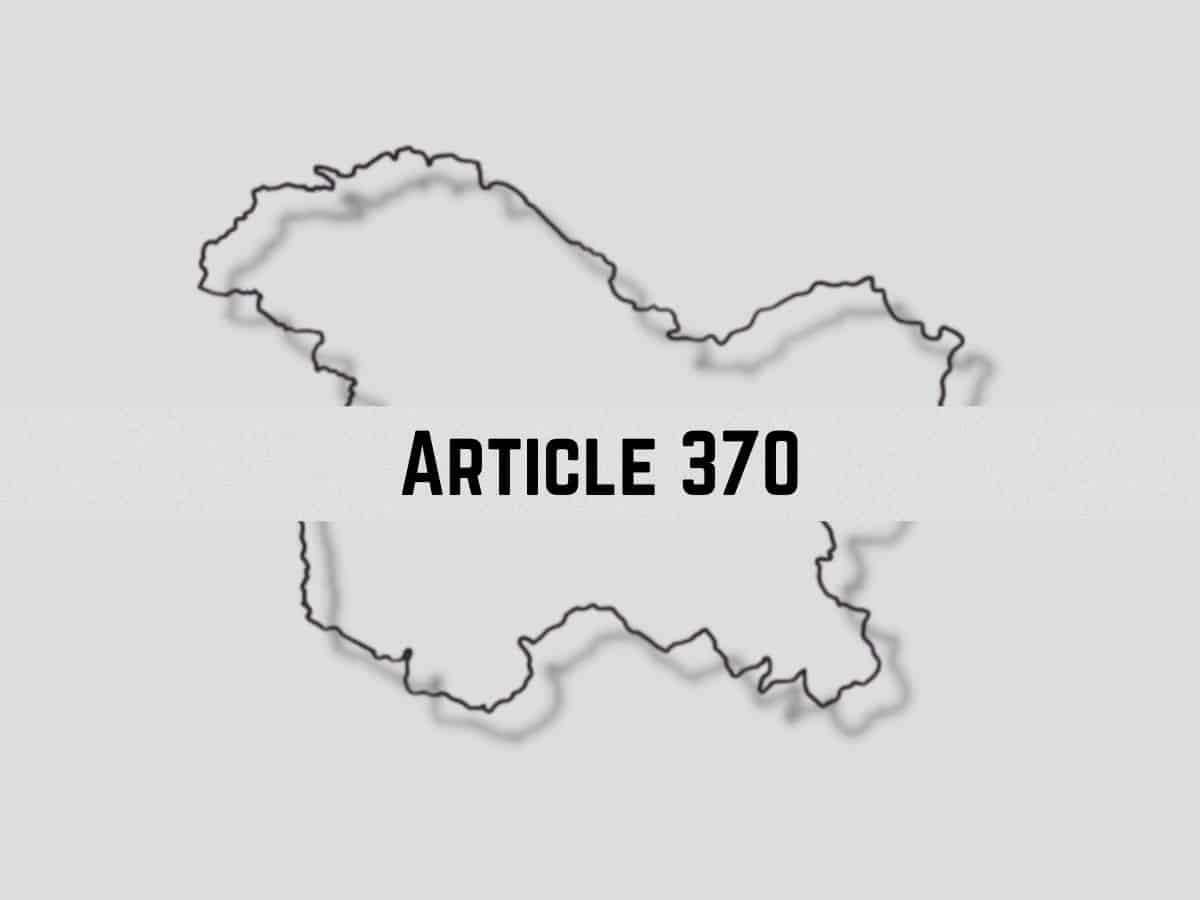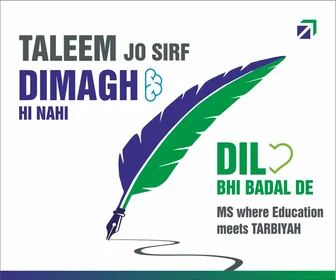
Kashmiri politicians have unburdened themselves of the huge goal post of restoration of Article 370, realizing neither the ground realities in the country nor the people favour them. They have scaled down their goals, which were once billed as “sacred” to the narrative of the reality. The sharing of seats for the Lok Sabha polls in Kashmir Valley came handy as an excuse to exit from the political binds to which they had tied.
All the traditional Kashmir-centric parties, prominent among the National Conference and People’s Democratic Party, were stunned and swept off the ground when on December 11 last year the Supreme Court of India held the abrogation of Article 370 as “legal and constitutional”. This brought their hopes crashing to the ground. And, for common Kashmiri, it was a new awakening that the Indian institutions were all for the abrogation of Article 370 was an irreversible reality. It dawned on them that Kashmiri politicians, because of their limited strength in Parliament, had no capacity to mount a political and legal challenge to the decision of August 5, 2019, when the Article 370 that granted special status to the erstwhile state of Jammu and Kashmir (now divided into the two union territories of Ladakh and J&K) was done away with.
More than a year after the abrogation and on the release of political leaders from their detention and house arrest, an iconic People’s Alliance for Gupkar Declaration, in short PAGD, was formed, in October 2020. Even that time, it was considered mission impossible for the political parties- NC, PDP, People’s Conference, Awami National Conference, CPI-M , to live up to their pledge of restoring Article 370 because of absence of roadmap.
It was but natural for the PAGD not to spell out a roadmap that could lead it to deliver on its pledge. A fair reality check made it clear to them that crowds could not be summoned to streets as that was impossible, and at the same time it could have subjected them to the allegation of forcing disruptive tactics. The BJP could have exploited any such call or protests as vindication of their charge that these parties were responsible for all the mess. The only option was to move the Supreme Court, which they did, but only to know that SC did not agree with their plea that the abrogation was unconstitutional.
There was a lot of debate over the SC judgment, but there was nothing that PAGD do to search for an alternative to the verdict. A new reality had emerged that there was nothing for the parties to pursue with regard to the restoration of the Article 370. They scaled down their benchmark to the restoration of statehood and early Assembly polls.
As the dynamics guided by the new realities forced the political parties to look for new narratives. Kashmir’s history of conflict did not come to an end with the SC judgment, but the fact is that this inflicted a body blow to the goals that they had initiated in October 2020. The PAGD instead of offering a joint response to the changed situation, started mulling as to what could be the way out of it. What traveled from sub consciousness to consciousness was the fact that it was a different Centre that they were dealing with. It was not inclined to accommodate political science of conflict and its resolution. The Centre of the day believed in its decision any sense of political accommodation with the dissent does not exist for it. It is not the majority in Parliament that empowers it to take all the decisions, but also the mood of majority in the nation that believes that the government is on the right path.
PAGD is unable to withstand this pressure, has now shifted its goalpost to the identity of its people, their claim on land and jobs, something which is herd almost everywhere in the country. They have shifted miles away from restoration of Article 370 to more realistic goals of restoration of statehood and fight for identity and culture of the territory.

